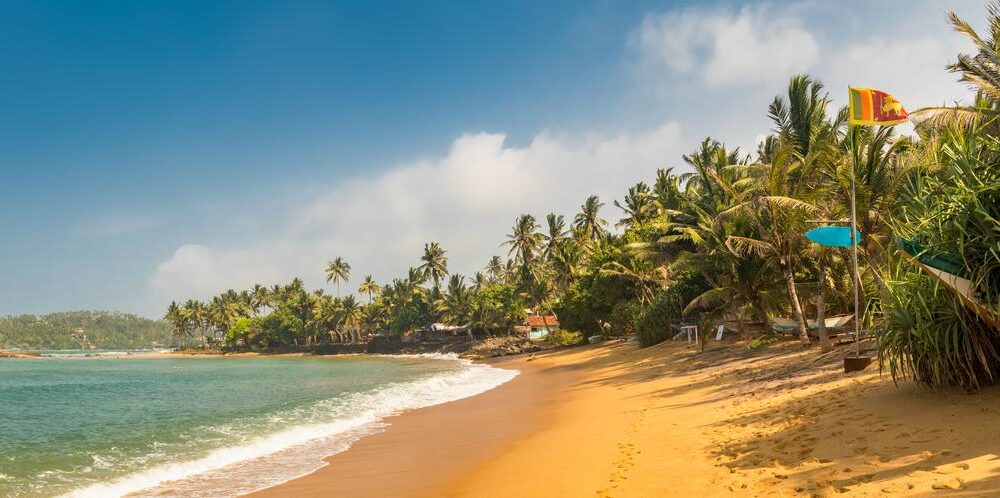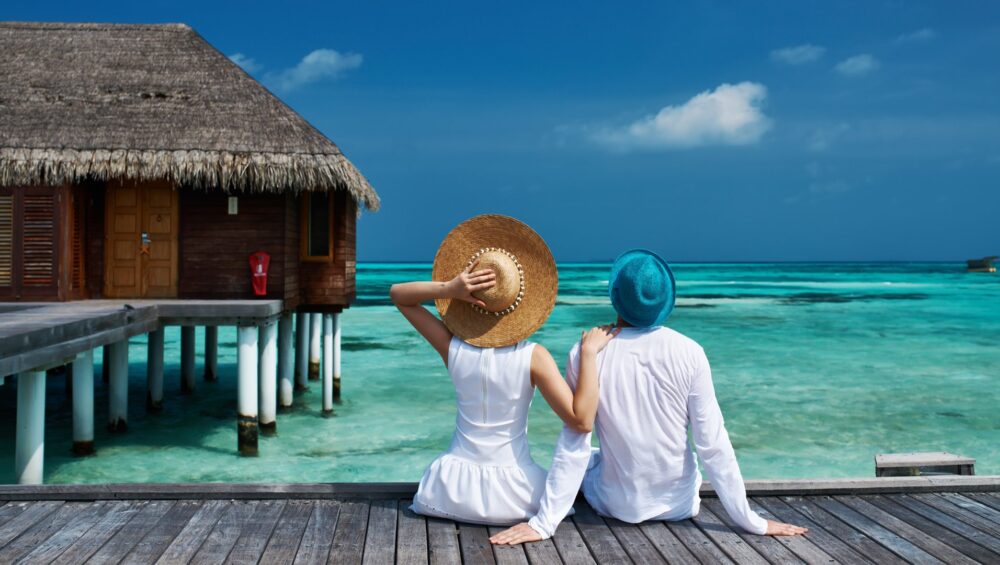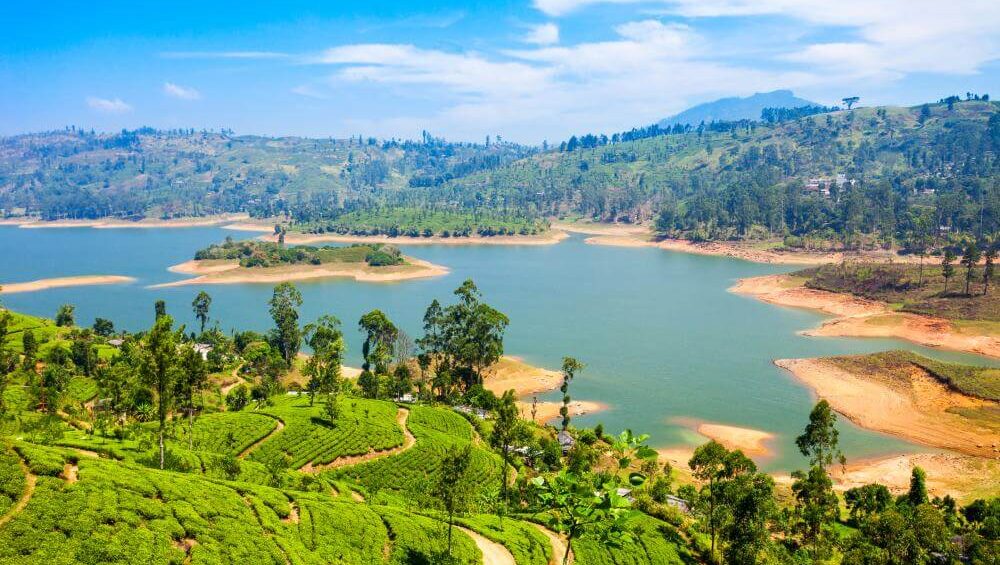5 Free Things to do in Sri Lanka
Sri Lanka, known for its Rich history, Diverse Culture, and Stunning Natural beauty, offers a wealth of experiences that don’t necessarily require spending a lot of money. Here are five free activities to enjoy in Sri Lanka: –
1. Explore the Streets of Galle Fort: — This UNESCO World Heritage Site, with its blend of Dutch, Portuguese, and British architecture, is a historical gem. Walking around Galle Fort, you can appreciate the well-preserved colonial buildings, the old churches, the lighthouse, and the ramparts overlooking the Indian Ocean. It’s a wonderful place to experience the history and culture of Sri Lanka without any cost.
2. Beach Hopping: — Sri Lanka is famous for its beautiful beaches. Spend a day at Unawatuna, Hikkaduwa, Mirissa, or any of the other stunning beaches along the south coast. These beaches offer serene views and a chance to relax and enjoy the Indian Ocean’s scenic beauty without any charge. Please note, while beach access is generally free, certain activities like water sports or lounging on a rented beach chair might incur costs.
3. Visit the Pettah Market in Colombo: — Experience the vibrant and bustling Pettah Market in Colombo. It’s a sensory overload with colourful stalls, aromatic spices, and a wide array of goods being sold. Walking through the market, witnessing the daily life of the locals, and soaking in the atmosphere is a unique experience that’s completely free.
4. Hike to Little Adam’s Peak in Ella: — If you’re into hiking, a trek to Little Adam’s Peak in Ella is a must. It’s a relatively easy hike and offers breathtaking views of the surrounding hill country. The path leads through lush green tea plantations and provides panoramic vistas of the rolling hills. This activity is a great way to experience the natural beauty of Sri Lanka without spending a dime.
5. Stroll in the Royal Botanical Gardens, Peradeniya : — While there’s a nominal entry fee for the gardens, the price is low compared to the experience. These expansive gardens are renowned for their collection of orchids, spices, medicinal plants, and palm trees. It’s a peaceful place to wander and enjoy the natural beauty of the area.
Remember, while these activities are free or very low cost, you might incur expenses for transportation, food, or other personal purchases. Always respect local customs and the natural environment during your travels.








